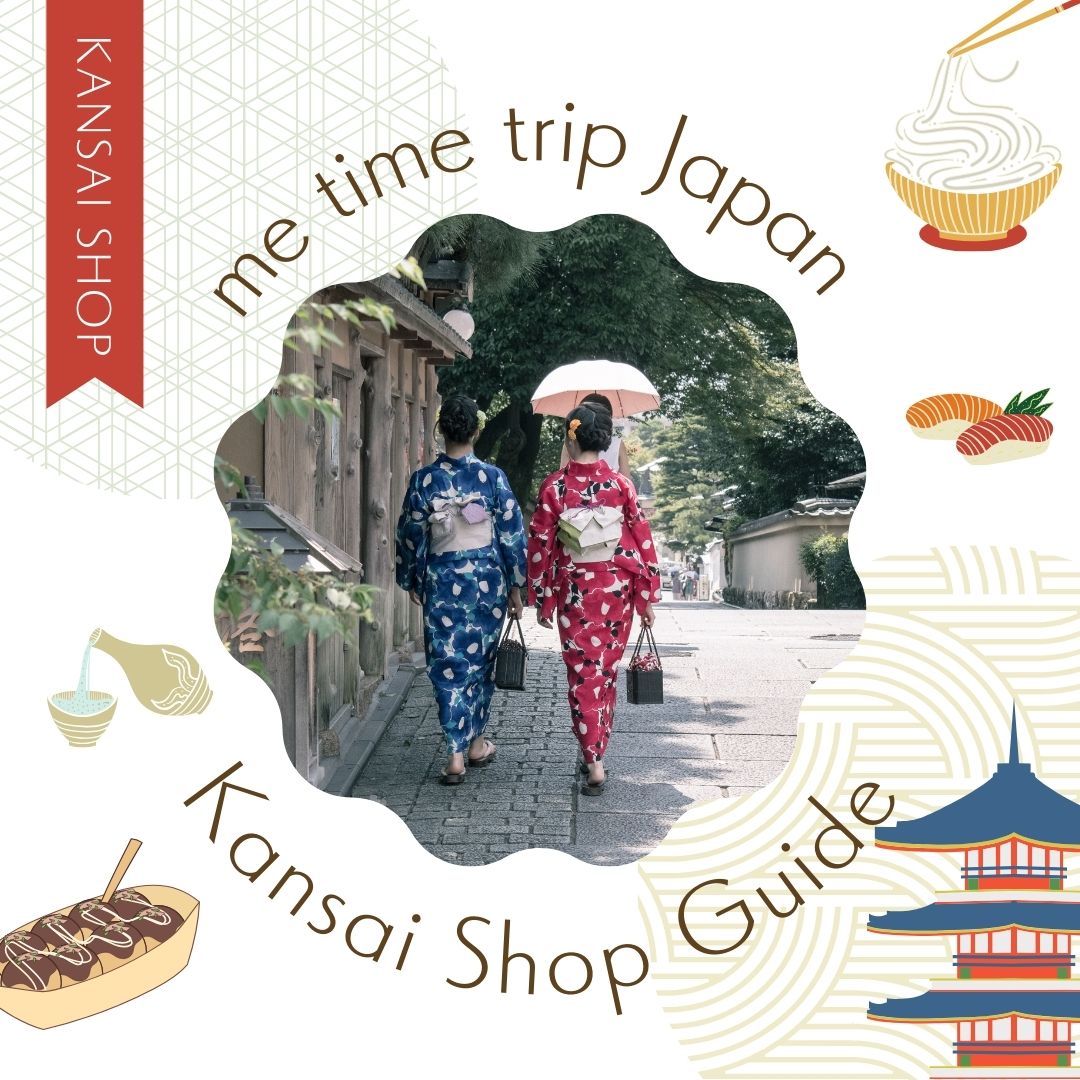Traditional crafts have long upheld Japan’s culture and history. Among these, the Kansai region is renowned for its diverse techniques and unique aesthetic sense in crafts.
In particular, Kyo-Yuzen is known for its delicate dyeing technique done by hand and vibrant colors. Its splendid patterns depicting seasonal flowers and landscapes captivate viewers.
The origin of Kyo-Yuzen is said to trace back to the early Edo period in Kyoto, where dyeing techniques began. However, the specific origins and the development process of its techniques remain unclear.
The early Edo period generally refers to the period from 1603 to 1688. In 1603, Tokugawa Ieyasu became the Shogun, establishing the Tokugawa shogunate in Edo (present-day Tokyo). In 1688, Tokugawa Tsunayoshi passed away, and Tokugawa Ienobu, who succeeded Tsunayoshi, initiated the Genroku era.
During this era, characterized by Tokugawa Ieyasu’s authoritarian rule, there was a flourishing of townsmen culture, giving rise to new cultural forms like kabuki and ukiyo-e. It was during this crucial period of the establishment of the Tokugawa shogunate that Kyo-Yuzen came into being.
Incidentally, the history of dyeing fibers dates back to the Jomon period. During the Jomon period, fibers of hemp and cotton were dyed using materials like plants and soil as dyes. In the Nara period, dyeing techniques such as Sancai from the continent and Sadri Calico were introduced, leading to the creation of colorful garments alongside the development of aristocratic culture.
In the Edo period, with the growth of townsmen culture, dyeing techniques for vibrant patterns on kimono and obi evolved. The distinctive dyeing technique characterized by free pattern expression and diverse colors, known as Yuzen, was born in Kyoto. Alongside Kyo-Yuzen, the three major Yuzen styles including Kaga Yuzen and Edo Yuzen were also established.
Various mysteries surround the birth of Kyo-Yuzen, including its deep connection to the cultural and social landscape of the crucial era when the Tokugawa shogunate was established, as well as the unidentified founder of Kyo-Yuzen. This marks the beginning of unraveling the mysteries surrounding Kyo-Yuzen.
The Mystery of Kyo-Yuzen①: What is the relationship between the birth of Yuzen and the Edo Period’s ‘Luxury Prohibition Edict’?
During the early Edo period, various dyeing techniques flourished. Particularly, techniques such as stencil dyeing using patterns and Yuzen dyeing that prevents dye from spreading using paste played a crucial role in the birth of Kyo-Yuzen.
Behind the development of these dyeing techniques lies a deep connection to the “Luxury Prohibition Edict” (shashikinshirei) promulgated by the shogunate during the early Edo period. This edict aimed to curb excessive luxury among the samurai class and alleviate financial difficulties. Specifically, it restricted the use of gold and silver in clothing and accessories, extravagant embroidery, and the use of expensive fabrics. Subsequent editions of the edict were issued due to financial constraints and social unrest.
The purpose of the Luxury Prohibition Edict was to restrain extravagance among the samurai class and improve financial stability. It specifically limited the use of gold and silver in clothing and accessories, extravagant embroidery, the use and sale of expensive fabrics, and so on.
Due to the restrictions imposed by the Luxury Prohibition Edict, such as on the use of gold and silver or embroidery, techniques were developed to make kimonos more vibrant through pictorial expressions like Yuzen dyeing.
Yuzen dyeing allowed for freer expression than the restricted embroidery because it involved directly painting patterns with a brush instead of using stencils. Furthermore, Yuzen dyeing could utilize various colors, making it possible to create elaborate kimonos using relatively inexpensive fabrics compared to the expensive ones restricted by the Luxury Prohibition Edict.
While the Luxury Prohibition Edict wasn’t directly responsible for the birth of Kyo-Yuzen, it is considered a significant factor that stimulated the emergence of new dyeing techniques.
The Mystery of Kyo-Yuzen②: What Are the Mysteries Surrounding the Founder of Kyo-Yuzen?
One of the names often mentioned as the founder of Yuzen, a dyeing technique born in Kyoto during the early Edo period, is Miyazaki Yuzensai, who was active as a fan painter (oogi-e-shi) in Kyoto.
Yuzensai lived near the Chion-in Temple in Kyoto and gained popularity for his innovative painting style during that time. Leveraging his unique painting style, Yuzensai developed a dyeing technique for kimonos, which is considered the origin of Yuzen dyeing.
The birth of Kyo-Yuzen is attributed to the significant roles played by two dyeing techniques. One is Tsujigahana-zome, which originated in the Muromachi period and involved directly painting patterns with a brush without using stencils. While it allowed for free expression, it had issues like color bleeding and fading.
During the early Edo period, a technique called Chaya-zome emerged, which used stencils to prevent dye from spreading and allowed for precise pattern expression, preventing color bleeding and fading.
Yuzensai combined the free expression of Tsujigahana-zome with the precision technique of Chaya-zome, developing his unique dyeing technique. This is said to have evolved into Kyo-Yuzen later on.
However, there are few records about Yuzensai, leaving many mysteries about his life. There are also conflicting opinions regarding him being the sole founder of Yuzen dyeing, with some suggesting that multiple craftsmen were involved in its development.
During that time, the division of labor in dyeing techniques made it challenging for one person to handle all processes. While Miyazaki Yuzensai undoubtedly had a significant impact on the birth of Kyo-Yuzen, the theory that he single-handedly founded it remains questionable. Kyo-Yuzen can be considered a traditional craft of Kyoto created by multiple techniques and craftsmen.
Kyo-Yuzen was born out of the cultural and social landscape of the early Edo period in Kyoto, the originality of Miyazaki Yuzensai, and technological innovation. Its magnificent patterns and pictorial expressions continue to enchant many enthusiasts even today.


